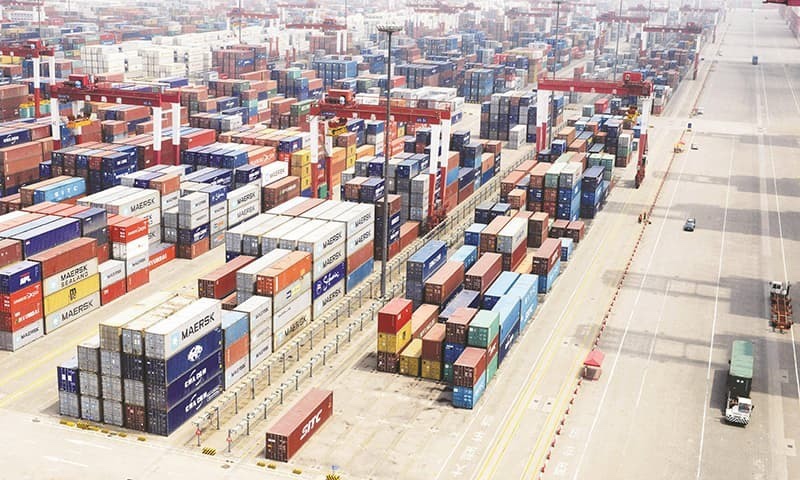Pakistan industries during the last 10 months have witnessed 13% growth. The uptick during the 10MFY21 reflects a revival in economic activities. According to data released by the Pakistan Bureau of Statistics (PBS), 14 out of 15 sub-sectors in Large-Scale Manufacturing (LSM) have risen during the month under review.
Low interest rates and reduction in duties on raw materials are expected to further spur economic activities during the current fiscal year.
As per the PBS data, the textile industry showed a 13% growth, petroleum 17.5 %, food & juices 11.5%, pharmaceutical 12 %, chemical industry 18%, auto industry 40 %, non-metallic 24.5%, fertilizers 6%, cement 25% and iron and steel industry 12%.
Electricity usage in the industries has also increased by 15 % which indicates increased industrial activities. Also, the working shifts of these industries have increased from two to three shifts, providing more employment opportunities to the locals.
The construction of Special Economic Zones (SEZs) under CPEC has also played an important role in boosting Pakistan’s industrialization. The economic zones would bring about an unbelievable industrial revolution in the country.
In his tweet, CPEC Authority Chief Asim Saleem Bajwa mentioned that out of the total 2276 acres of saleable land in the Allama Iqbal SEZ, 33% has been purchased by 69 investors so far. Seven foreign investors have purchased 182 acres of land and several Pakistani/ foreign factories have started construction.
The construction will finish by the start of 2022 and the production is expected to start in the mid of the same year.
According to the Pakistan Economic Survey 2020-21, despite the challenges posed by the ongoing Covid-19 pandemic, the manufacturing sector remained sound and resilient during FY21 on the back of well-in-time government initiatives.
It further said the government’s thoughtful decision to resume business activities and adoption of smart lockdowns boosted optimistic sentiments and the economy gained traction after witnessing a hefty decline in FY20.
















